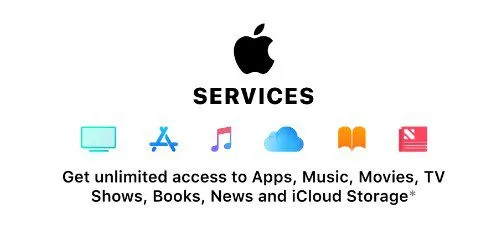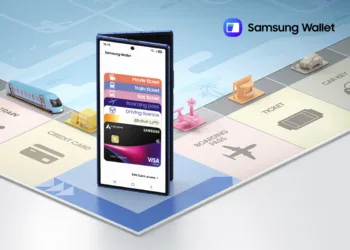Since iPhone sales have started to level off in recent years, Apple is now positioning its services division, which includes everything from the App Store to licensing agreements, as its next major source of revenue growth. Apple wants to sell users continuously, continuing subscriptions for services they can access on their phones more than before.
According to Apple CEO Tim Cook, Apple’s services division generated over $10.9 billion in revenue, setting records in every geographic category in the process. Additionally, Cook stated that between 2016 and 2020, Apple is on track to expand its services business. An increase of 19% from the prior quarter was seen.
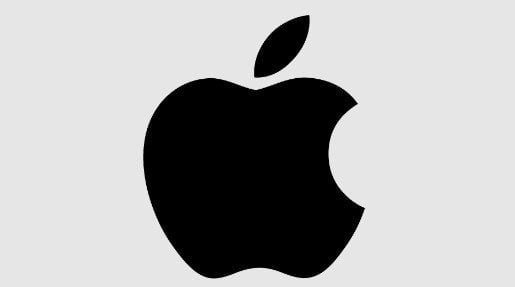
In comparison to Apple’s other business divisions, it’s a sizable sum: services already generate more revenue every quarter than the Mac, iPad, or the combined “Wearables, Home, and Accessories” group of goods. And when Apple starts to push services harder and develops additional services to which customers may subscribe, the balance will probably only keep shifting.
So what is already generating all of that revenue from services, and how healthy are those companies? There is a lot that no one can say because Apple doesn’t disclose the revenue generated by each service. However, everyone is aware of the firms that make up the category, their prices, and the quality of their products. Here is an assessment of the state of the services industry as it enters a new era.
Apple Music
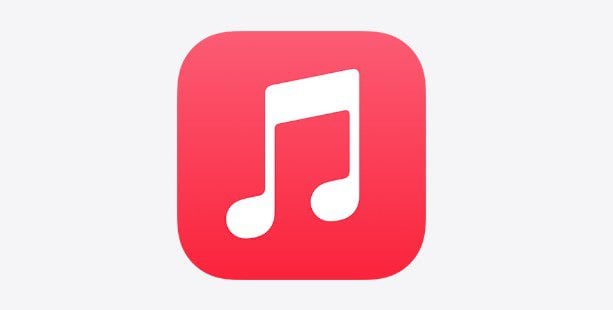
Because it is one of the most cutting-edge offerings in Apple’s new services sector, Apple Music is likely the most well-known. It was one of the most intriguing when it debuted in 2015, following Apple’s acquisition and rebranding of Beats Music.
App Store
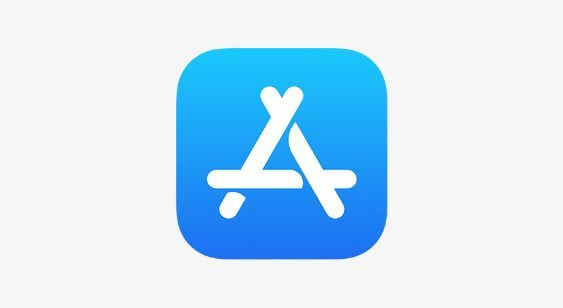
The enormously well-liked App Store, which was projected as of May 2018 to have witnessed upwards of 170 billion downloads in its 10-year lifespan, is perhaps one of the major sources of income for Apple.
Apple Pay

Apple Pay is the company’s all-encompassing payment system; it allows users to send money using Apple Pay Cash, make contactless payments at merchant locations, and make purchases inside applications and on websites using Apple Pay.
iCloud
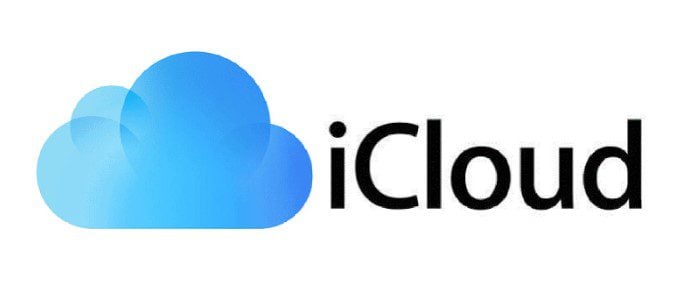
Theoretically, since Apple provides all customers with a meagre 5GB of storage for free, every single person who owns a Mac, iPad, or iPhone is an iCloud user. However, the subscription plans, which offer consumers greater storage for a monthly fee, are what matter most in this situation for revenue.
iTunes
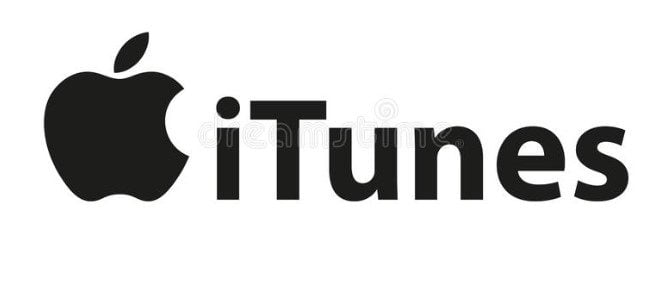
With streaming services such as Hulu, Netflix, and Spotify, the iTunes store isn’t as successful as it once was. People simply prefer to buy fewer songs, movies, and TV shows these days. It is a one-stop shop for a wide variety of content, and like all of Apple’s other services, it is prominently displayed on all of its devices, so it still generates revenue. For a movie night, would you like to rent a movie on your Apple TV?

